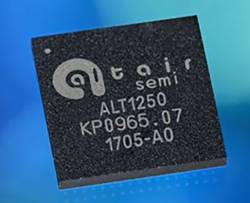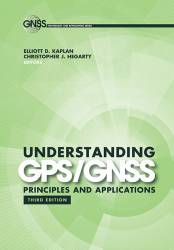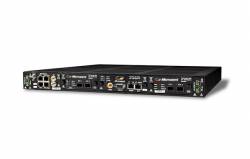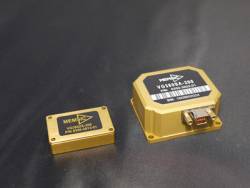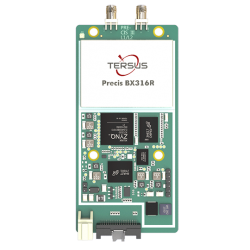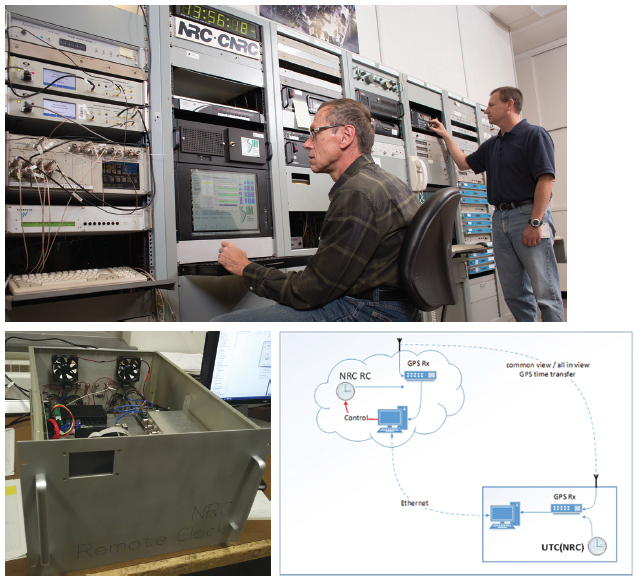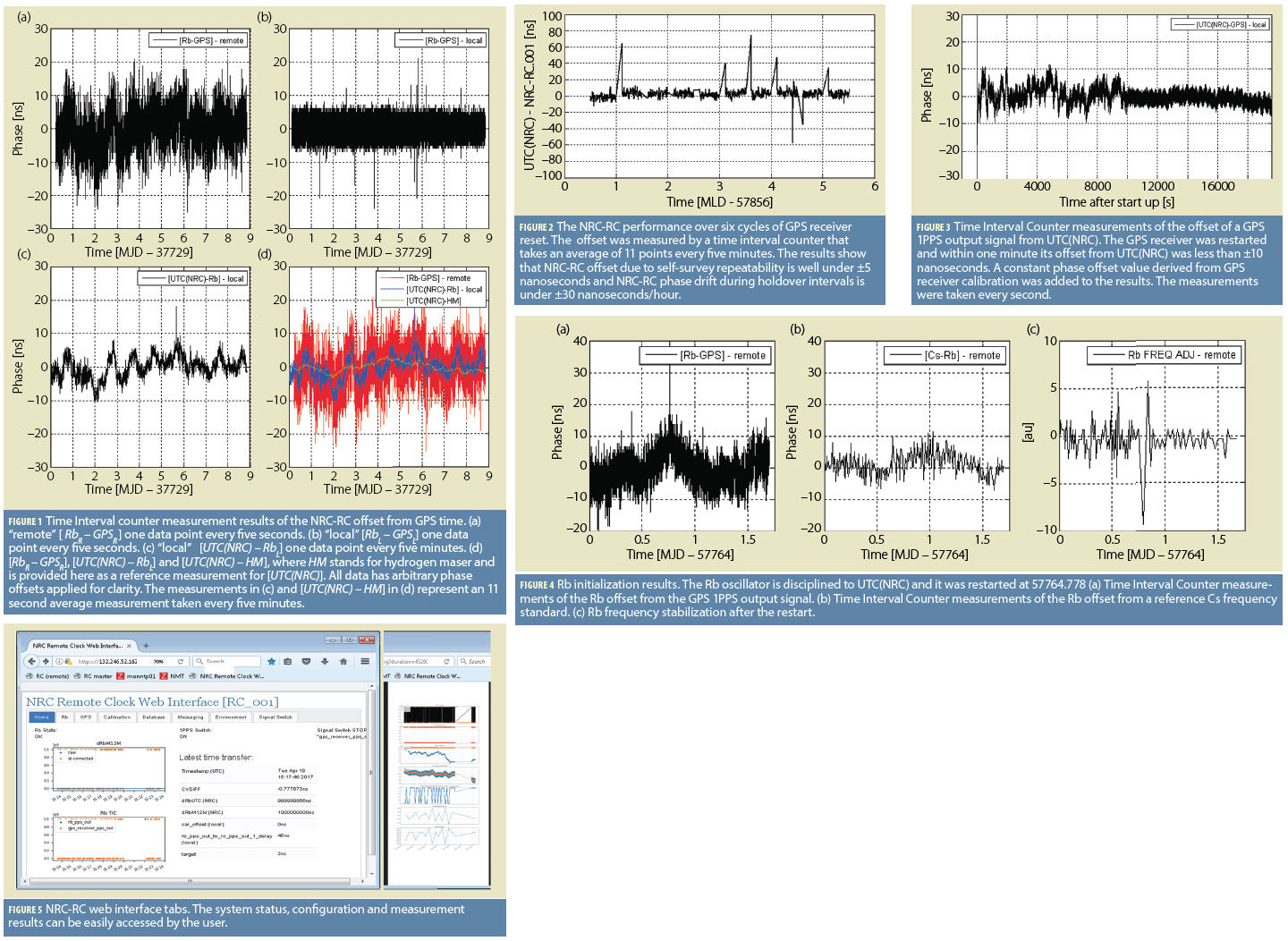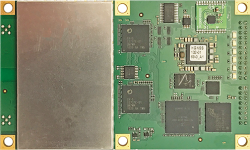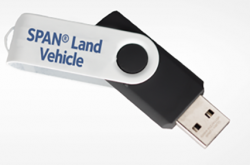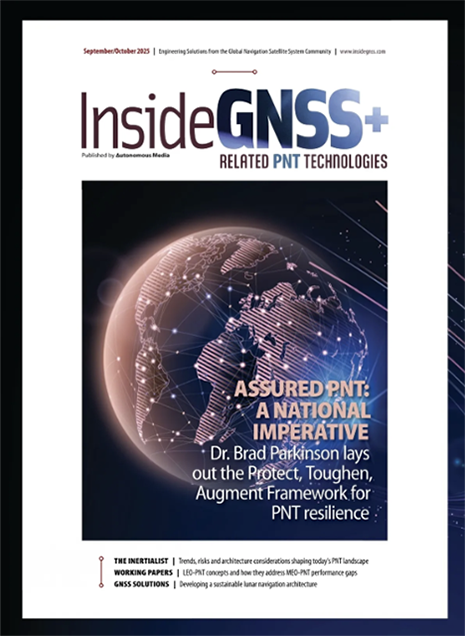Trimble Adds Galileo Support to VRS Now Correction Service
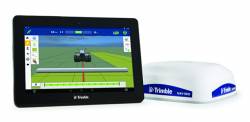 Galileo support has been added to the VRS Now Correction Service. Photo courtesy of Trimble.
Galileo support has been added to the VRS Now Correction Service. Photo courtesy of Trimble. Trimble announced that its Trimble VRS Now networks — powered by Trimble Pivot Platform software — can now process Galileo observation data in its network-modeled Virtual Reference Station (VRS) solution. As a true five-constellation technology using GPS, GLONASS, BeiDou, QZSS and now Galileo observations, Trimble VRS Now delivers even better real-time positioning performance for customers using Trimble networks throughout much of Europe, the company stated.
By Inside GNSS
